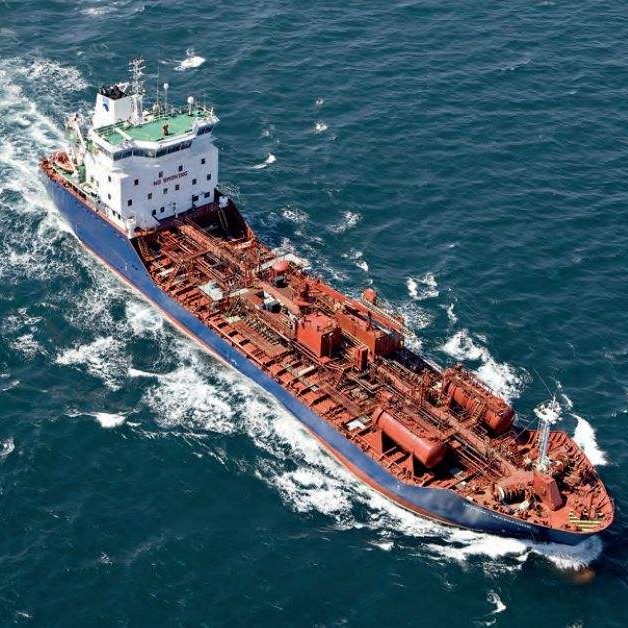
-
 Afrikaans
Afrikaans -
 Albanian
Albanian -
 Amharic
Amharic -
 Arabic
Arabic -
 Armenian
Armenian -
 Azerbaijani
Azerbaijani -
 Basque
Basque -
 Belarusian
Belarusian -
 Bengali
Bengali -
 Bosnian
Bosnian -
 Bulgarian
Bulgarian -
 Catalan
Catalan -
 Cebuano
Cebuano -
 China
China -
 China (Taiwan)
China (Taiwan) -
 Corsican
Corsican -
 Croatian
Croatian -
 Czech
Czech -
 Danish
Danish -
 Dutch
Dutch -
 English
English -
 Esperanto
Esperanto -
 Estonian
Estonian -
 Finnish
Finnish -
 French
French -
 Frisian
Frisian -
 Galician
Galician -
 Georgian
Georgian -
 German
German -
 Greek
Greek -
 Gujarati
Gujarati -
 Haitian Creole
Haitian Creole -
 hausa
hausa -
 hawaiian
hawaiian -
 Hebrew
Hebrew -
 Hindi
Hindi -
 Miao
Miao -
 Hungarian
Hungarian -
 Icelandic
Icelandic -
 igbo
igbo -
 Indonesian
Indonesian -
 irish
irish -
 Italian
Italian -
 Japanese
Japanese -
 Javanese
Javanese -
 Kannada
Kannada -
 kazakh
kazakh -
 Khmer
Khmer -
 Rwandese
Rwandese -
 Korean
Korean -
 Kurdish
Kurdish -
 Kyrgyz
Kyrgyz -
 Lao
Lao -
 Latin
Latin -
 Latvian
Latvian -
 Lithuanian
Lithuanian -
 Luxembourgish
Luxembourgish -
 Macedonian
Macedonian -
 Malgashi
Malgashi -
 Malay
Malay -
 Malayalam
Malayalam -
 Maltese
Maltese -
 Maori
Maori -
 Marathi
Marathi -
 Mongolian
Mongolian -
 Myanmar
Myanmar -
 Nepali
Nepali -
 Norwegian
Norwegian -
 Norwegian
Norwegian -
 Occitan
Occitan -
 Pashto
Pashto -
 Persian
Persian -
 Polish
Polish -
 Portuguese
Portuguese -
 Punjabi
Punjabi -
 Romanian
Romanian -
 Russian
Russian -
 Samoan
Samoan -
 Scottish Gaelic
Scottish Gaelic -
 Serbian
Serbian -
 Sesotho
Sesotho -
 Shona
Shona -
 Sindhi
Sindhi -
 Sinhala
Sinhala -
 Slovak
Slovak -
 Slovenian
Slovenian -
 Somali
Somali -
 Spanish
Spanish -
 Sundanese
Sundanese -
 Swahili
Swahili -
 Swedish
Swedish -
 Tagalog
Tagalog -
 Tajik
Tajik -
 Tamil
Tamil -
 Tatar
Tatar -
 Telugu
Telugu -
 Thai
Thai -
 Turkish
Turkish -
 Turkmen
Turkmen -
 Ukrainian
Ukrainian -
 Urdu
Urdu -
 Uighur
Uighur -
 Uzbek
Uzbek -
 Vietnamese
Vietnamese -
 Welsh
Welsh -
 Bantu
Bantu -
 Yiddish
Yiddish -
 Yoruba
Yoruba -
 Zulu
Zulu
Composite Pipe Systems for Enhanced Durability and Performance in Industrial Applications
Understanding FRP Piping Systems A Comprehensive Overview
Fiberglass Reinforced Plastic (FRP) piping systems have gained significant popularity across various industries due to their unique properties and advantages over traditional materials. As technology continues to advance, FRP systems are becoming a preferred choice for transporting fluids in a wide range of applications, including chemical processing, wastewater treatment, and oil and gas production. In this article, we will explore the features, benefits, and applications of FRP piping systems.
What is FRP Piping?
FRP piping is made from a composite material that consists of a thermosetting resin reinforced with fiberglass. This combination results in a material that is lightweight yet strong, with excellent resistance to corrosion and chemical attack. The manufacturing process typically involves winding, molding, or pultruding the fiberglass and resin mixture into pipes or fittings of various sizes and shapes.
Key Advantages of FRP Piping Systems
1. Corrosion Resistance One of the primary advantages of FRP piping is its exceptional resistance to corrosion. Unlike metal pipes, which can rust over time, FRP does not corrode when exposed to harsh chemicals, making it ideal for industries that handle aggressive substances.
2. Lightweight FRP pipes are significantly lighter than their metal counterparts, which reduces transportation and installation costs. Installation is easier and quicker, often requiring less manpower and specialized equipment.
3. Durability FRP piping systems are known for their durability and long service life. They can withstand extreme temperatures and pressures, as well as mechanical stress, which reduces the likelihood of leaks and failures.
4. Insulating Properties FRP does not conduct electricity, which is a valuable feature in environments prone to electrical hazards. Additionally, it tends to maintain a stable temperature, reducing thermal losses.
5. Design Flexibility FRP can be manufactured in various shapes, sizes, and configurations, allowing for greater design flexibility compared to traditional materials. Custom fittings and joints can be easily produced to meet specific project requirements.
frp piping system

6. Cost-Effectiveness Although the initial investment in FRP piping might be higher than that of other materials, the long-term savings from reduced maintenance, lower installation costs, and a longer lifespan make it a cost-effective option.
Applications of FRP Piping Systems
FRP piping systems are used in various industries for different applications
1. Chemical Processing The chemical industry utilizes FRP pipes for transporting corrosive substances, including acids, bases, and solvents. The corrosion-resistant capabilities of FRP make it a favorable choice for storage tanks, process pipes, and containment structures.
2. Wastewater Treatment FRP materials are commonly used in wastewater treatment plants for piping systems, as they can handle harsh environments and prevent degradation due to chemical exposure. They are also used for various other components, such as clarifiers and tanks.
3. Oil and Gas In the oil and gas sector, FRP pipes are employed in offshore drilling and production operations due to their lightweight nature and resistance to corrosion from saltwater and hydrocarbons.
4. Power Generation The power generation industry utilizes FRP for cooling water systems and flue gas desulfurization units, where resistance to corrosion and thermal stability are crucial.
Conclusion
FRP piping systems represent a revolution in material engineering, providing a modern solution for fluid transportation in demanding environments. With their corrosion resistance, lightweight characteristics, and overall durability, FRP pipes address many challenges faced in traditional piping systems. As industries continue to evolve and prioritize efficiency, safety, and sustainability, the adoption of FRP is likely to increase, paving the way for innovative applications and further advancements in material technology.
Latest news
-
Exploring the Benefits of Top Hammer Drifter Rods for Enhanced Drilling PerformanceNewsJun.10,2025
-
High-Precision Fiberglass Winding Machine for GRP/FRP Pipe Production – Reliable & Efficient SolutionsNewsJun.10,2025
-
FRP Pipes & Fittings for Shipbuilding - Corrosion-Resistant & LightweightNewsJun.09,2025
-
Premium FRP Flooring Solutions Durable & Slip-ResistantNewsJun.09,2025
-
Premium Fiberglass Rectangular Tanks Durable & Lightweight SolutionNewsJun.09,2025
-
Tapered Drill String Design Guide Durable Performance & UsesNewsJun.09,2025









